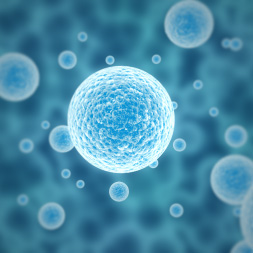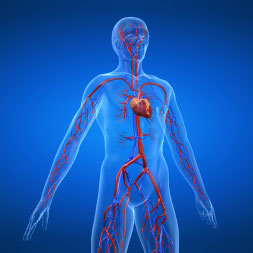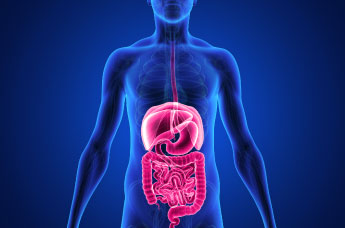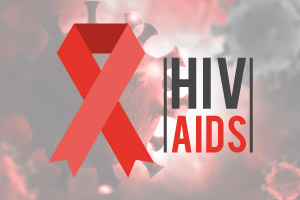Online courses directory (190)
Integrative Biology 131: General Human Anatomy. Fall 2005. Professor Marian Diamond. The functional anatomy of the human
Introduction to cell structure & function, molecular & organism genetics, animal development, form & function.
Cell physiology is the branch of science that studies the structure and function of individual cells. Our increasing knowledge and understanding of cellular mechanisms and processes have led to great advances in all areas of biology and medicine. In this free online physiology course you will be introduced to the main topics in cell physiology such as the major components of a typical animal cell. You will learn about the mechanisms behind cell growth and multiplication, about the movement of substances into and out of cells, how energy is processed within the cell, and how and why cells maintain an electrical charge across their membranes called membrane potentials. This free online cell physiology course will be of great interest to all healthcare professionals who would like to learn more about the structure and function of cells, and to all students of biology and medicine who would like a greater knowledge and understanding of the mechanisms and processes involved in cell physiology.<br />
The human cardiovascular system is made up of the heart, blood vessels and blood supply. These act as one system to supply vital oxygen, nutrients, and hormones to tissues and remove carbon dioxide and metabolic waste products. This system also plays a central role in stabilizing body temperature and pH levels, as well as maintaining homeostasis. In this free online cardiovascular anatomy and physiology course, the learner will explore the structure and functions of the cardiovascular system. The course explains the composition of blood and provides an overview of how blood is used for transport and energy mobilization. It also outlines how the blood responds to haemorrhage and is involved in maintaining the correct body temperature. The course then examines blood vessels, explaining the function and location of arteries, veins and capillaries. Finally, it covers the anatomy of the heart, describing the structure of the chambers of the heart, the cardiac valves and the heart walls. It also describes the pericardium, the NAVL and the fibrous skeleton of the heart. This free online cardiovascular anatomy and physiology course will be of great interest to professionals in the health care sector who would like a greater knowledge and understanding of the human cardiovascular system. Students of medicine and biology who would like to study the structure and function of the heart, blood vessels and blood supply, which make up this very important anatomical system, will also find this course of great help.<br />
The human body cannot generate energy itself and so must obtain it from external sources. Energy from the sun is captured by plants, which in turn are eaten by animals. We humans use these plants and animals as food sources but, in order to obtain the energy we require from them, our food must be broken down into smaller molecules that the body can process. This is accomplished by a complex series of organs known as the digestive system. This free online human physiology course provides a clear introduction to the human digestive system. In this course you will learn how energy is obtained from food and be introduced to the different food types and vitamins. The course looks at the stages involved in ingestion and swallowing, describing how the stomach is designed for food storage and the initial processing of food. How the small and large intestines are structured to facilitate the digestion and absorption of nutrients is also examined. The course also provides an overview of the elimination of the waste products of digestion from the body. It outlines the special roles played by the liver and pancreas in the secretion of digestive enzymes. The mechanisms used by the digestive system to protect the body from infection are covered. This includes looking at the tonsils and other lymphoid tissue in the small and large intestine and explaining how the mammary gland protects the breastfeeding baby from infection. This free online human physiology course will be of great interest to healthcare professionals who would like a greater understanding of the human digestive system and its importance in human physiology, and to students of biology, medicine and nursing who would like to gain a greater knowledge and understanding of the structure and function of the human digestive system. <br />
What makes living things tick?. Homeostasis. A Voyage to Mars: Bone Loss in Space. Bread Mold Kills Bacteria.
This course provides an introduction to the chemistry of biological, inorganic, and organic molecules. The emphasis is o
Introduction to Oceanography is a class that provides a general introduction to geological, physical, chemical, and biol
<p>This online course - HIV/AIDS - Awareness & Prevention - uses a straightforward style to deliver a clear and effective basic AIDS awareness education program. </p> <br /> <p>It covers basic information about HIV/AIDS, from having a HIV test to living with HIV or AIDS. </p> <br /> <p>Being aware of this disease is the first step in taking action. </p>
This course provides a thorough introduction to the principles and methods of physics for students who have good prepara
This Physical Education (PE or Phys Ed) course offers a comprehensive introduction to the topic and investigates the basics: from muscle response to the physiology, biology, and the science of sports. It covers the scientific basis of fitness and concludes with training principals and methods. It is an ideal course for those studying for a qualification in health or fitness or for sports enthusiasts. It is also an excellent resource for trainers or managers in fitness, health or sports related activities. <br />
Alcohol is enjoyed by many people during social occasions, but for others addiction to alcohol or alcohol-related illnesses can be a serious health issue. This free online course begins by reviewing the biological effects of alcohol on the body, including hangovers, psychological, and physical disturbances. The course also looks at the effects of chronic alcoholism such as liver damage or fetal alcohol syndrome. Finally, the course reviews some of the treatments for alcohol-related illnesses. This course is ideal for anyone who wants to learn more about the effects alcohol can have on their health, or for learners already working in the areas of health promotion or health awareness who want to further their knowledge and understanding of the health effects of excess alcohol consumption.
This course is a survey of the scientific study of human nature, including how the mind works, and how the brain supports the mind. Topics include the mental and neural bases of perception, emotion, learning, memory, cognition, child development, personality, psychopathology, and social interaction. Students will consider how such knowledge relates to debates about nature and nurture, free will, consciousness, human differences, self, and society.
Course Format
 This course has been designed for independent study. It includes all of the materials you will need to understand the concepts covered in this subject. The materials in this course include:
This course has been designed for independent study. It includes all of the materials you will need to understand the concepts covered in this subject. The materials in this course include:
- A full set of Lecture Videos by Prof. John Gabrieli.
- Reading Assignments in several books, including one free online textbook and detailed notes on another book.
- Assorted multiple choice and short answer questions to Check Yourself on the material in each session.
- Supporting Discussion content that elaborates on the lectures and reading.
- A rich collection of online resources for Further Study on each session's topics.
- A full set of Exams with solution keys, and extra practice questions for review.
Other Versions
Other OCW Versions
OCW has published multiple versions of this subject. ![]()

















